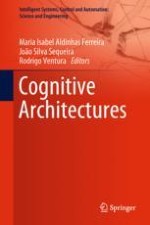2019 | OriginalPaper | Buchkapitel
The Extended Domicile—Culture, Embodied Existence and the Senses
verfasst von : Juhani Pallasmaa
Erschienen in: Cognitive Architectures
Aktivieren Sie unsere intelligente Suche, um passende Fachinhalte oder Patente zu finden.
Wählen Sie Textabschnitte aus um mit Künstlicher Intelligenz passenden Patente zu finden. powered by
Markieren Sie Textabschnitte, um KI-gestützt weitere passende Inhalte zu finden. powered by
